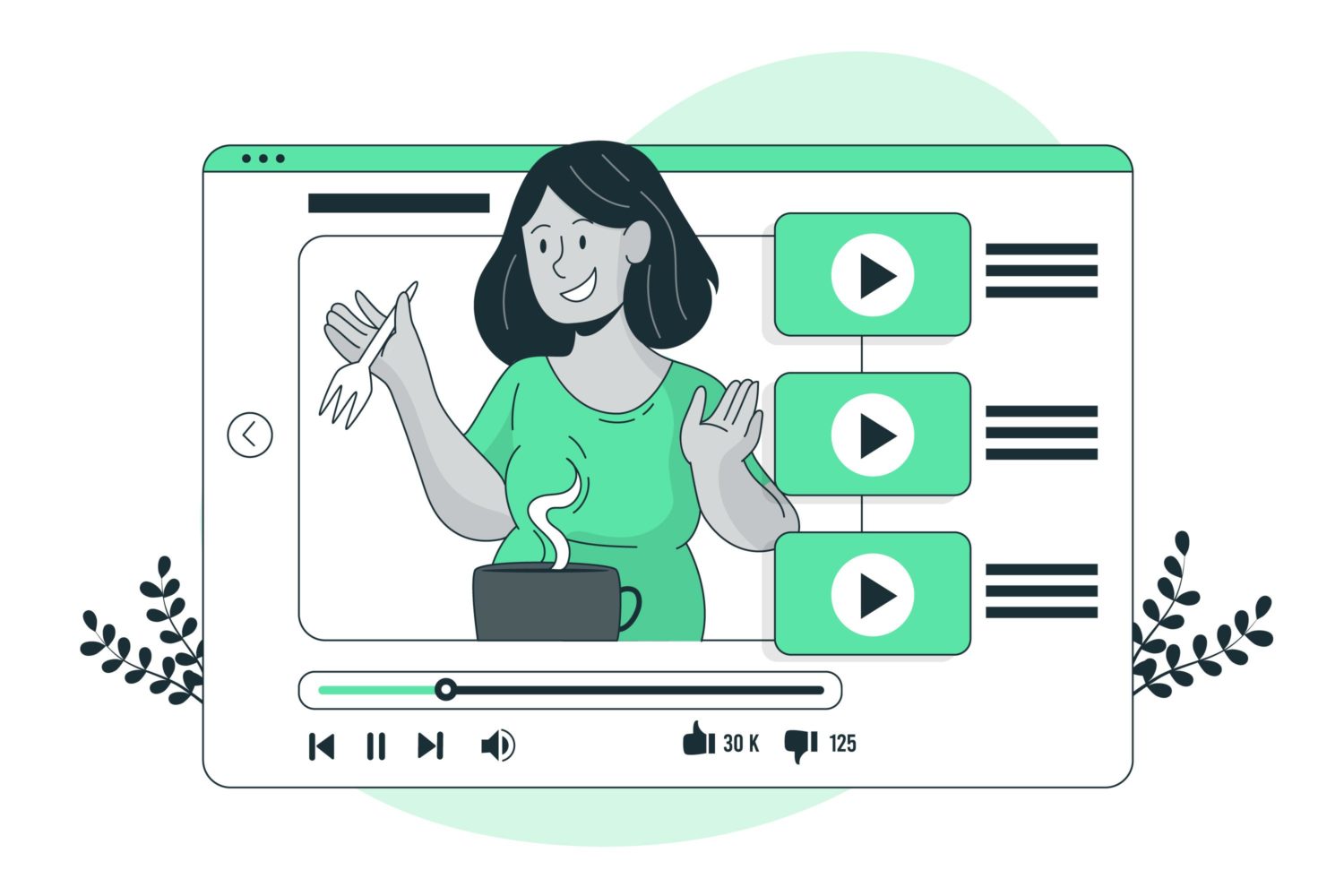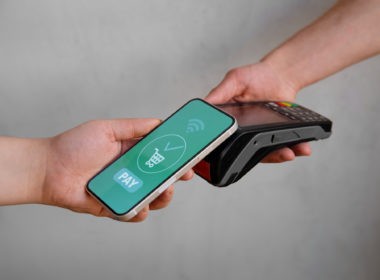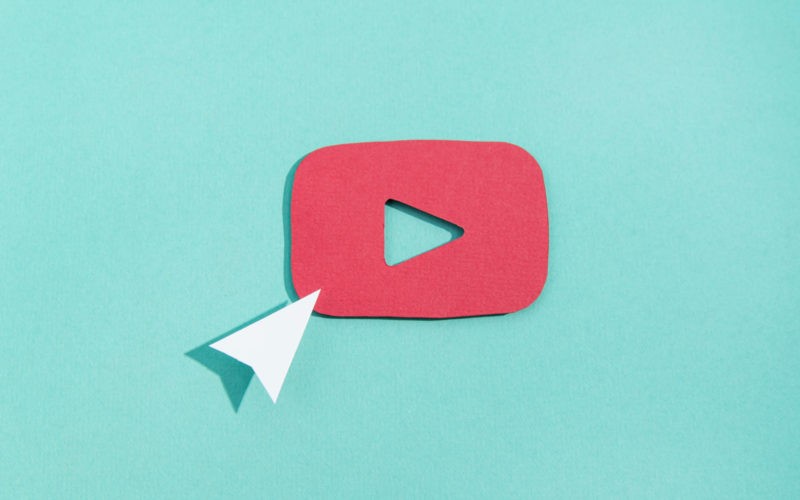The digital world is growing rapidly, and grabbing your audience’s attention is no easy feat. With countless brands competing for a moment of focus, marketers are always on the lookout for creative ways to stand out.
One effective method that has gained immense popularity is animation. Whether it’s a colorful explainer video or a catchy animated ad, animation can bring your marketing strategy to life in ways traditional content can’t. In fact, in 2023, 91% of businesses were using video as a marketing tool, and videos continue to dominate the marketing industry in every format imaginable.
It’s not just about entertaining your audience — it’s about connecting with them, simplifying complex ideas, and making your brand unforgettable. Let’s dive into how animation can transform your marketing strategy and why it’s worth considering.
Why Animation Works in Marketing
Animation captures attention like nothing else. Humans are naturally drawn to movement and color, making animation a powerful way to stand out in a sea of static images and text. It’s engaging, visually appealing, and has the ability to convey messages in a fun, memorable way.
Think about it: would you rather read a paragraph explaining how a product works or watch a lively animated video showing you in just 30 seconds? Most people prefer the latter because it’s faster, more engaging, and easier to understand. Animation can simplify even the most complex topics, breaking them down into digestible visuals that leave a lasting impression.
Beyond simplicity, animation triggers emotions. A playful animation can make your audience smile, while a dramatic one can evoke excitement or curiosity. When people feel something, they’re more likely to remember your message and act on it.
Types of Animation You Can Use
Animation isn’t one-size-fits-all. There are various styles you can choose from, depending on your goals and audience. Let’s explore a few popular types:
1. Explainer Videos
2D explainer videos are short, animated clips that explain a product, service, or concept in a straightforward way. These are perfect for introducing something new or demonstrating how your product solves a problem.
2. Motion Graphics
Motion graphics combine text, shapes, and icons to deliver information in a sleek and professional way. They’re often used in corporate settings or for data-heavy topics, as they can make charts and statistics more engaging.
3. Character Animation
Adding animated characters to your marketing can make your brand feel relatable and human. These characters can tell stories, represent your audience, or simply add a touch of personality to your content.
4. 3D Animation
For a modern and polished look, 3D animation can take your marketing to the next level. It’s often used for product showcases, giving viewers a detailed, immersive view of your offerings.
Benefits of Using Animation in Marketing
Grabs Attention Instantly
In an era where attention spans are shrinking, animation works as an instant hook. Bright colors, movement, and creativity grab the viewer’s eye within seconds, making them more likely to engage with your content.
Simplifies Complex Ideas
Some products or services are difficult to explain in words alone. Animation can break down complicated concepts into bite-sized, easy-to-understand visuals. For instance, a tech company can use animation to explain how their software works without overwhelming the audience with technical jargon.
Builds a Stronger Connection
Animation allows you to tell stories that resonate with your audience. Whether it’s a character they can relate to or a scenario that reflects their problems, animation makes your brand feel more approachable and human.
Improves Brand Recall
Memorable animations can help people remember your brand long after they’ve seen your content. Think of brands like Coca-Cola or Disney that use animation as part of their identity. It creates a visual association that sticks in people’s minds.
Boosts Engagement Rates
Animated content tends to perform better on social media and other digital platforms. People are more likely to share, like, and comment on an eye-catching animation than a plain image or block of text.

How to Incorporate Animation Into Your Marketing Strategy
Identify Your Goals
Before diving into animation, it’s important to define your objectives. Are you looking to increase brand awareness, explain a complex product, or drive more conversions? Your goal will guide the type of animation you choose and how you use it.
Understand Your Audience
Knowing your audience is key to creating animations that resonate. A playful, colorful animation might work well for a younger audience, while sleek motion graphics might appeal to professionals.
Start Small
You don’t need to go all out right away. Begin with simple animations like short explainer videos or GIFs for social media. As you get more comfortable, you can experiment with more complex styles and formats.
Collaborate with Professionals
While DIY animation tools are available, working with professional animators can take your content to the next level. They can help you create high-quality animations that align with your brand’s identity and goals.
Optimize for Different Platforms
Not all platforms are the same, so tailor your animations to fit. For instance, short and snappy animations work best on social media, while longer explainer videos are ideal for your website or YouTube channel.
Common Mistakes to Avoid
While animation is a powerful tool, it’s important to use it wisely. Here are some common pitfalls to steer clear of:
Overloading Your Animation
Too many flashy effects or overly complex visuals can confuse your audience. Keep your animations clean, simple, and focused on your message.
Ignoring Your Brand Identity
Your animations should reflect your brand’s tone, colors, and style. A mismatch can confuse your audience and weaken your message.
Forgetting About Mobile Users
With more people accessing content on their phones, ensure your animations are mobile-friendly. This includes optimizing file sizes and ensuring readability on small screens.
Neglecting a Clear Call-to-Action
Every piece of marketing content should have a purpose. Don’t forget to include a clear call-to-action in your animations, whether it’s encouraging viewers to visit your website, sign up for a newsletter, or make a purchase.
The Future of Animation in Marketing
As technology advances, the possibilities for animation in marketing are endless. Augmented reality (AR), virtual reality (VR), and interactive animations are just a few trends on the horizon. These technologies can create immersive experiences that make your brand even more memorable.
Moreover, AI-driven animation tools are making it easier and faster for businesses to create high-quality content. This means even small businesses can leverage the power of animation without breaking the bank.
Conclusion
Animation is more than just a fun addition to your marketing strategy — it’s a game-changer. It grabs attention, simplifies complex ideas, and boosts engagement. Start small, experiment with different styles, and watch as your audience connects with your brand in new and exciting ways. The future of marketing is animated — don’t get left behind.












